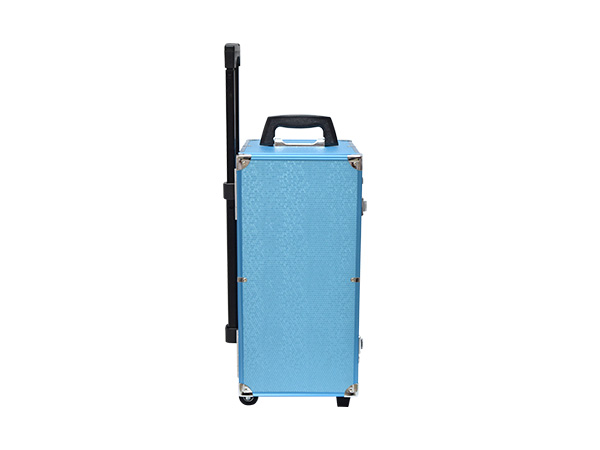The coating process for watch cases: The paper after lamination is difficult to recycle and regenerate, and the lamination process is simple and inexpensive. Non degradable, prone to red pollution, and temporary use can also harm workers' health. Therefore, radical instant coating adhesive materials will be replaced by high-quality environmentally friendly new adhesives. Polishing not only enhances the appearance brightness and maintains the printing of graphics and text, but also does not affect the recycling and reuse of paper, saving resources and maintaining the environment. Therefore, it is widely used in the surface processing of paper packaging printed products. Glazing coatings mainly include solvent based varnish, water-based varnish, UV varnish, etc. Due to the poor efficacy of solvent varnish and its environmental friendliness, its application scope is greatly limited.
Watch case water-based varnish uses water as a solvent. Eliminating harm to human health and environmental pollution, non-toxic and odorless. It has the characteristics of fast drying speed, stable performance, good abrasion resistance on the glossy surface, wide adaptability for post press processing, good heat sealing performance, safe and reliable use, and is increasingly valued by food, pharmaceutical, and tobacco paper box packaging and printing enterprises.
The watch case causes a chemical reaction inside the UV coating, and UV polishing relies on the irradiation of ultraviolet light. Complete the curing process. Due to the effect of ultraviolet light, it dries instantly when UV is applied, and there is no solvent evaporation during curing, which will not cause environmental pollution. Printed products using UV varnish have high glossiness, heat resistance, wear resistance, water resistance, and light resistance. However, due to the high price of UV varnish and high requirements for machine performance, it is currently only used for polishing high-end paper boxes.
The network plays a role in determining the color, hierarchy, and image contour of printed materials in printing. Therefore, only when the dot size is accurate during plate making can the original color be faithfully reproduced, ensuring that the printing process achieves good results.
Due to the fact that the intensity of the printed layout is expressed by the size of the dots, dots with different area sizes are commonly referred to as "cheng" in terms of craftsmanship. Only by accurately understanding the concept of dot ratio can we use dot printing to produce prints that are closest to the original color. So, understanding the percentage of outlets is a knowledge that printing operators and quality inspectors should master.



